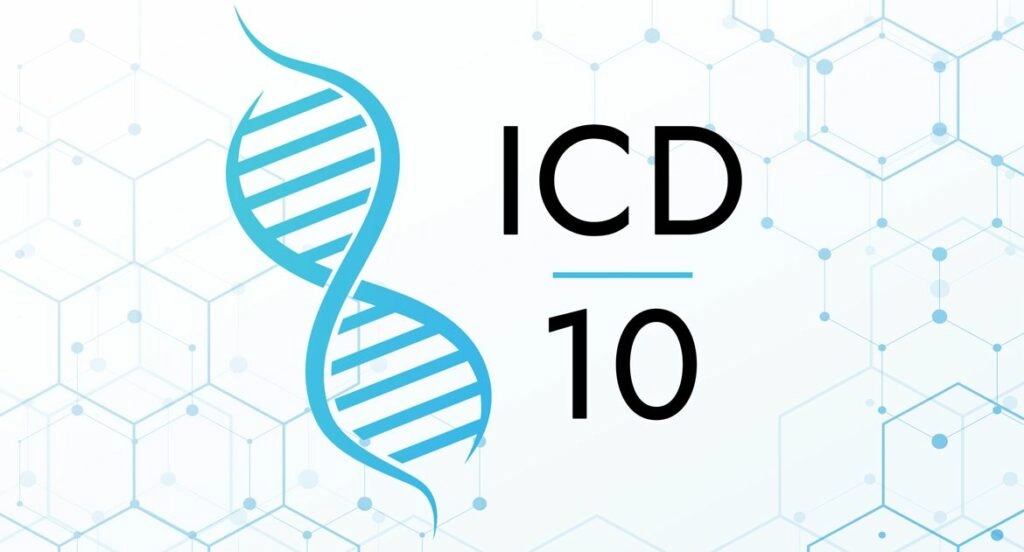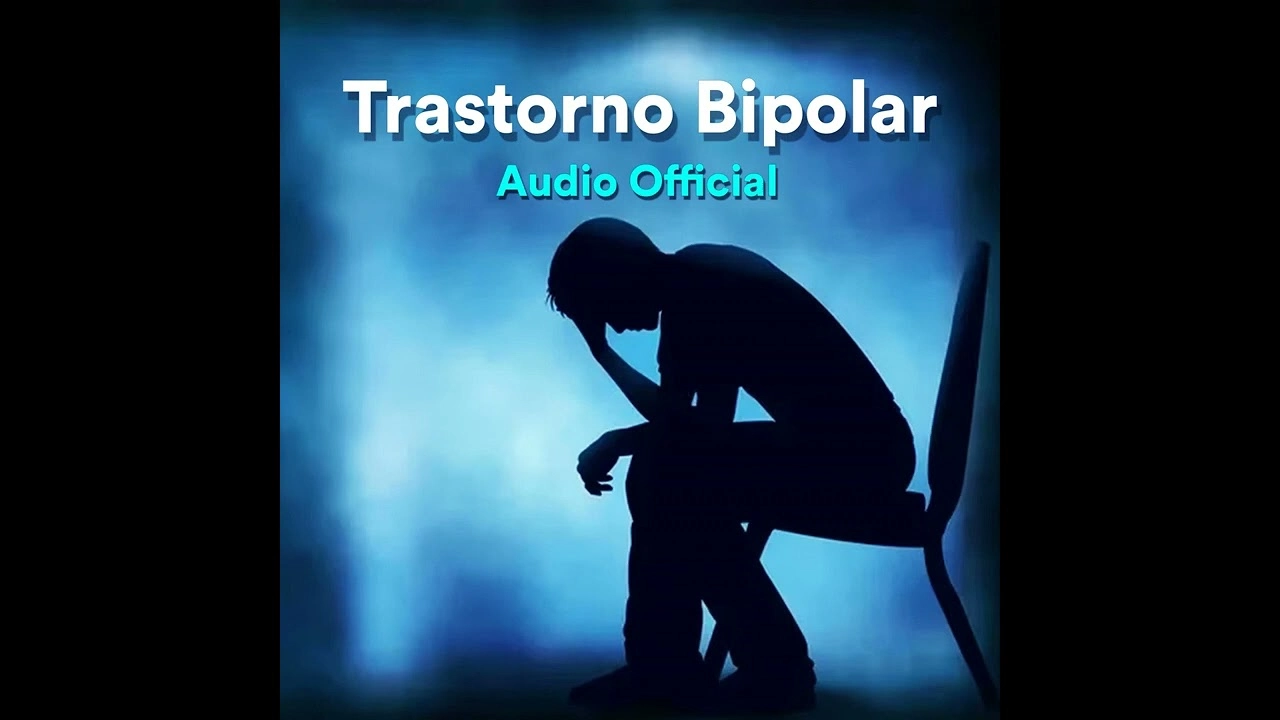ICD 10 Code for Bipolar Disorder: The occurrence of one or more episodes of unusually elevated mood, clinically known as mania or, if mood elevations are milder, hypomania, characterizes bipolar disorder, a category of mood disorders.

People who go through manic episodes also frequently have depressive episodes or symptoms, or mixed episodes, which include aspects of despair and mania. Depending on the type and intensity of mood episodes, the disorders are separated into bipolar I, bipolar II, and other categories.
ICD 10 Code for Bipolar Disorder
ICD-10-CM code F31.9 is billable/specific and is used to describe “bipolar disorder, unspecified.” The chapter on behavioral, mental, and neurodevelopmental disorders includes it.
Severe mood swings (manic or major depressive episodes) and a propensity for remission and recurrence are characteristics of F31.9, a serious affective disorder. When a patient shows symptoms of bipolar disorder but the exact kind is unknown, this code is applied.
Periods of despair and mood elevation (mania or hypomania) are features of bipolar disorder. The complete requirements for classifying the patient’s behavior into one of the distinct subtypes could not always be satisfied, though.
Symptoms Commonly Associated with F31.9
- Periods of elevation, characterized by heightened vitality, activity, and restlessness
- Significantly depressing periods
- Poor decision-making and impulsive actions
- Potential signs of psychosis during mood swings
Related and Similar ICD-10 Codes
- F31.0: Current hypomanic episode of bipolar disorder
- F31.1: Manic episodes of bipolar illness without psychotic symptoms
- F31.2: Manic severe bipolar illness with psychotic symptoms, current episode
- F31.3: Bipolar disorder, mild to moderate severity, current episode depression
- F31.4: Bipolar disorder, significant depression during the present episode, without psychotic symptoms
- F31.5: Current episode depression in bipolar disorder
- F31.6: Mixed current episode of bipolar disorder
- F31.7: Currently in remission from bipolar disorder
Appropriate Usage of F31.9 for Billing
When a patient’s clinical presentation contains bipolar disorder symptoms but does not identify a specific episode type, such as manic, hypomanic, or depressive, F31.9 should be used for billing purposes.
Providers should record all symptoms seen as well as any reactions to treatment when coding with F31.9. Confirming the bipolar disorder diagnosis based on the clinical assessment is essential, even though this code does not need a thorough separation between episode types.
Common Pitfalls in Coding with F31.9

- Use F31.9 when there is more precise information regarding the bipolar episode.
- Undercoding or miscoding may result from inadequate reporting of the diverse symptoms seen throughout various mood episodes.
Key Resources for F31.9 Coding
- CMS ICD-10 Homepage: Offers official ICD-10-CM coding information and recommendations.
- The WHO ICD-10 Online Browser is helpful for verifying the details of codes pertaining to chronic drug use.
Conclusion
For bipolar disorder situations where distinct episode types are not identified, F31.9 is crucial. Without requiring a thorough episode classification, it guarantees that patients receive the right care and management. Proper billing procedures and efficient patient management are supported by accurate coding.
For effective code documentation, Tebra’s EHR+ provides Systematized Nomenclature of Medicine (SNOMED) field names and fast searches. Additionally, Tebra streamlines your process by automatically saving ICD-10 to SNOMED mapping for upcoming searches.







